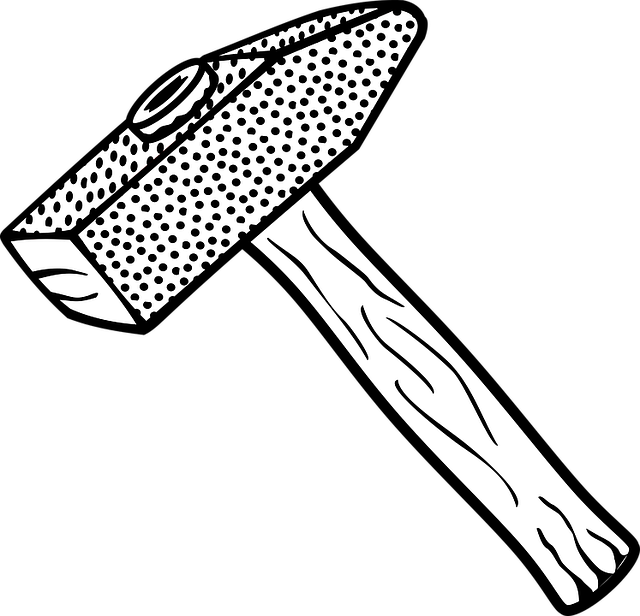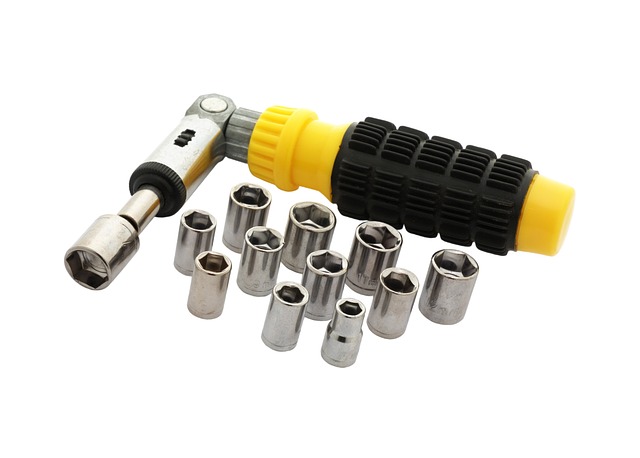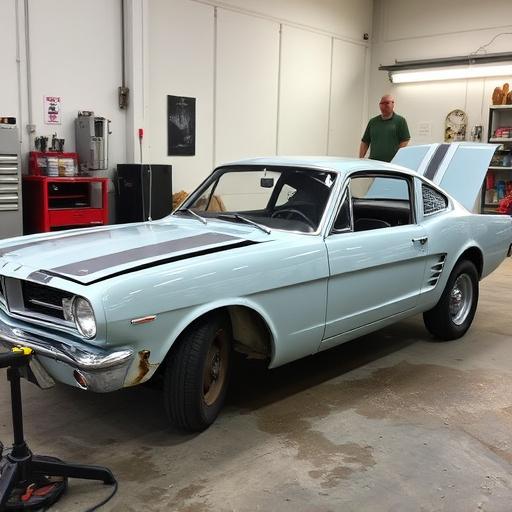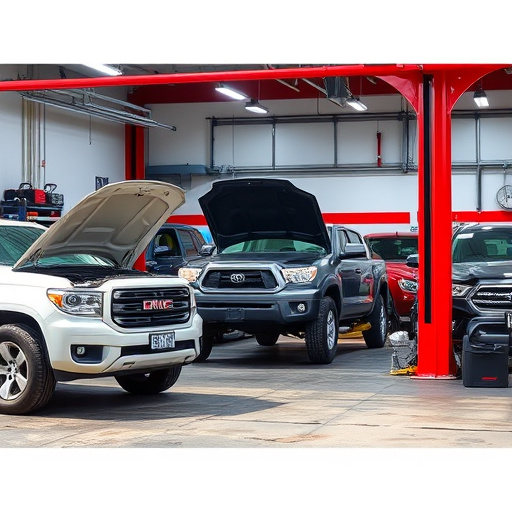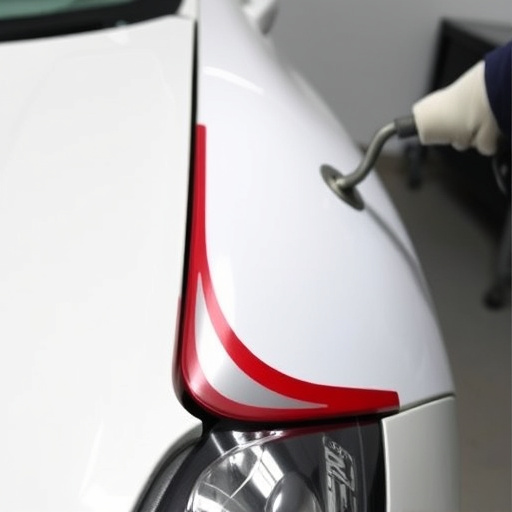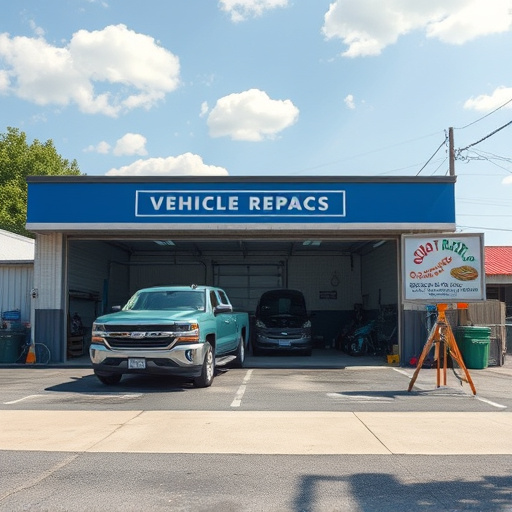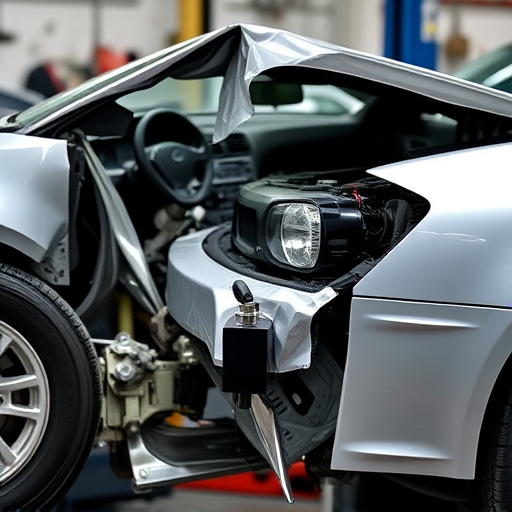PDR (Paintless Dent Repair) offers a more sustainable solution for car dent repairs compared to traditional methods. By preserving the original factory finish and minimizing paint usage, PDR reduces hazardous waste, toxic emissions, energy, and water consumption. This eco-friendly approach aligns with consumer demands for greener collision repair services, making PDR an appealing option for those concerned about their environmental impact while seeking reliable car repair solutions from reputable automotive facilities.
“Discover the green revolution in auto body repairs with Paintless Dent Repair (PDR) methods. This innovative technique offers a sustainable alternative to traditional painting processes, significantly reducing environmental impact. From minimizing waste and conserving energy to preserving valuable resources, PDR is transforming the automotive industry. Explore how this eco-friendly approach not only benefits businesses and consumers but also contributes to a greener future in our comprehensive guide.”
- Reducing Waste: PDR's Eco-Friendly Advantage
- Energy Conservation: A Greener Approach to Repairs
- Preserving Resources: The Long-Term Environmental Impact of PDR
Reducing Waste: PDR's Eco-Friendly Advantage
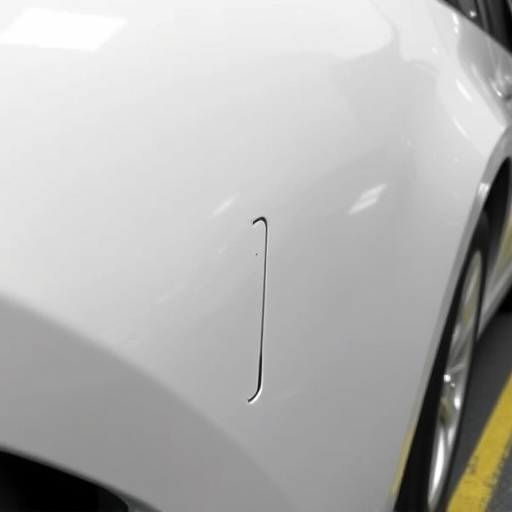
One of the significant environmental benefits of PDR (Paintless Dent Repair) is its ability to dramatically reduce waste. Traditional car body shop methods often involve painting and repainting, which generates a substantial amount of hazardous waste due to the use of solvents and paint overspray. In contrast, PDR techniques avoid these processes by preserving the original factory finish on the vehicle. This eco-friendly approach not only minimizes toxic emissions but also reduces the demand for new paint materials, thereby lowering the carbon footprint associated with automotive repair.
By eliminating the need for painting, car repair services using PDR can significantly decrease the amount of waste sent to landfills. Moreover, this method is more efficient as it requires less energy and water usage compared to conventional methods. These factors collectively contribute to a greener environment, making PDR an attractive option for consumers conscious about their ecological impact and seeking reliable car repair solutions from reputable automotive repair facilities.
Energy Conservation: A Greener Approach to Repairs
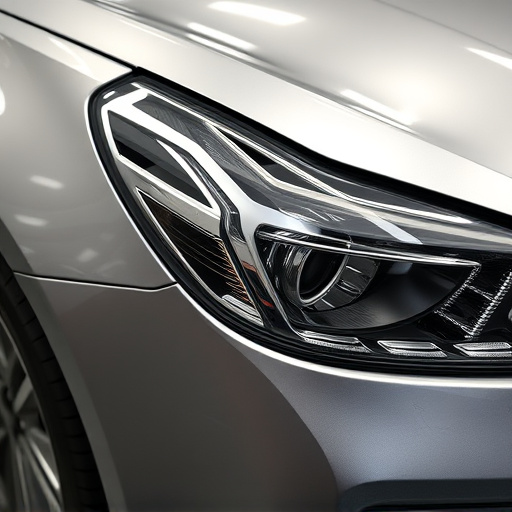
The traditional method of fixing car dents involves applying heat or chemicals to strip and replace the affected area, which consumes significant energy. In contrast, PDR (Paintless Dent Repair) methods offer a greener approach to repairs. This innovative technique leverages specialized tools and trained technicians to remove dents without damaging the surrounding paint or requiring extensive materials. By minimizing energy usage and eliminating harmful chemicals, PDR contributes to a more sustainable automotive industry.
For instance, in Mercedes Benz repair, where precision and quality are paramount, PDR techniques have gained popularity due to their ability to restore car body panels to near-original condition with minimal environmental impact. This not only benefits the planet but also ensures that collision repair services remain efficient, cost-effective, and eco-friendly, aligning with modern consumer expectations for greener solutions in car body restoration.
Preserving Resources: The Long-Term Environmental Impact of PDR
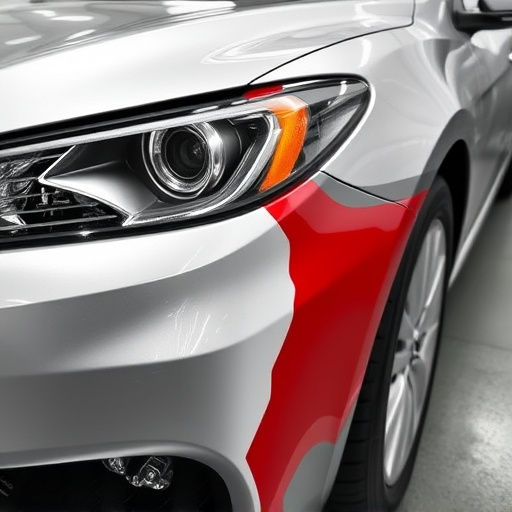
By adopting PDR (paintless dent repair) methods, we significantly preserve valuable resources that would otherwise be consumed in traditional collision repair. The long-term environmental impact is profound; fewer materials are needed, reducing waste and minimizing the demand for new raw resources. This approach also cuts down on energy usage, as less intensive processes are required to fix dents, leading to lower carbon emissions.
Compared to classic car restoration or general automotive restoration practices, PDR offers a more sustainable solution. It not only helps to maintain the aesthetics of vehicles but also contributes to a circular economy by extending the lifespan of vehicle bodies, reducing the need for frequent repairs and ultimately preserving natural resources for future generations.
The adoption of paintless dent repair (PDR) methods offers a compelling path towards environmentally sustainable automotive care. By significantly reducing waste, conserving energy, and preserving valuable resources, PDR practices contribute to a greener future for the industry and planet. This non-invasive approach to vehicle repairs showcases how innovative solutions can harmonize with environmental stewardship, ensuring a more sustainable auto care landscape.


